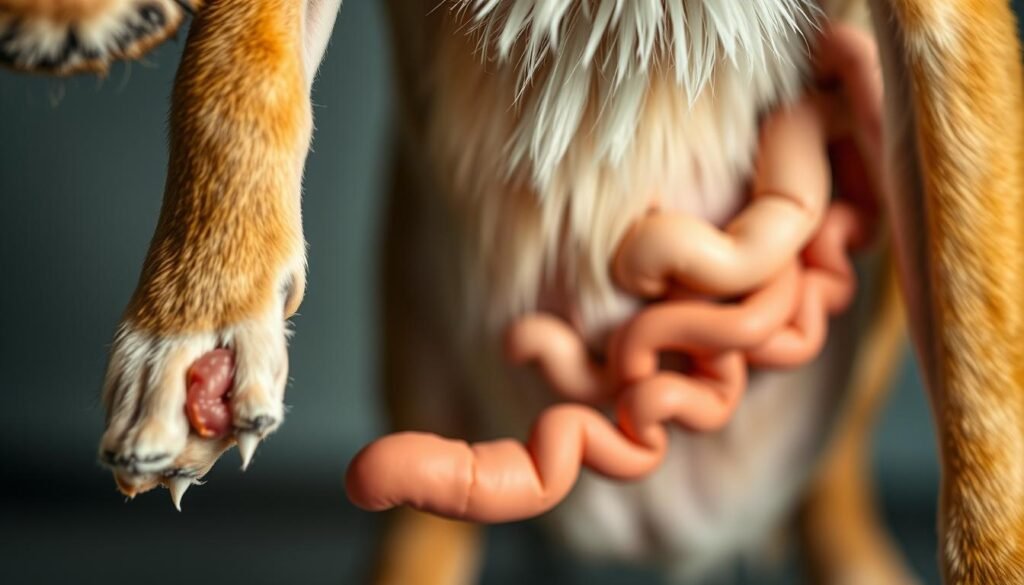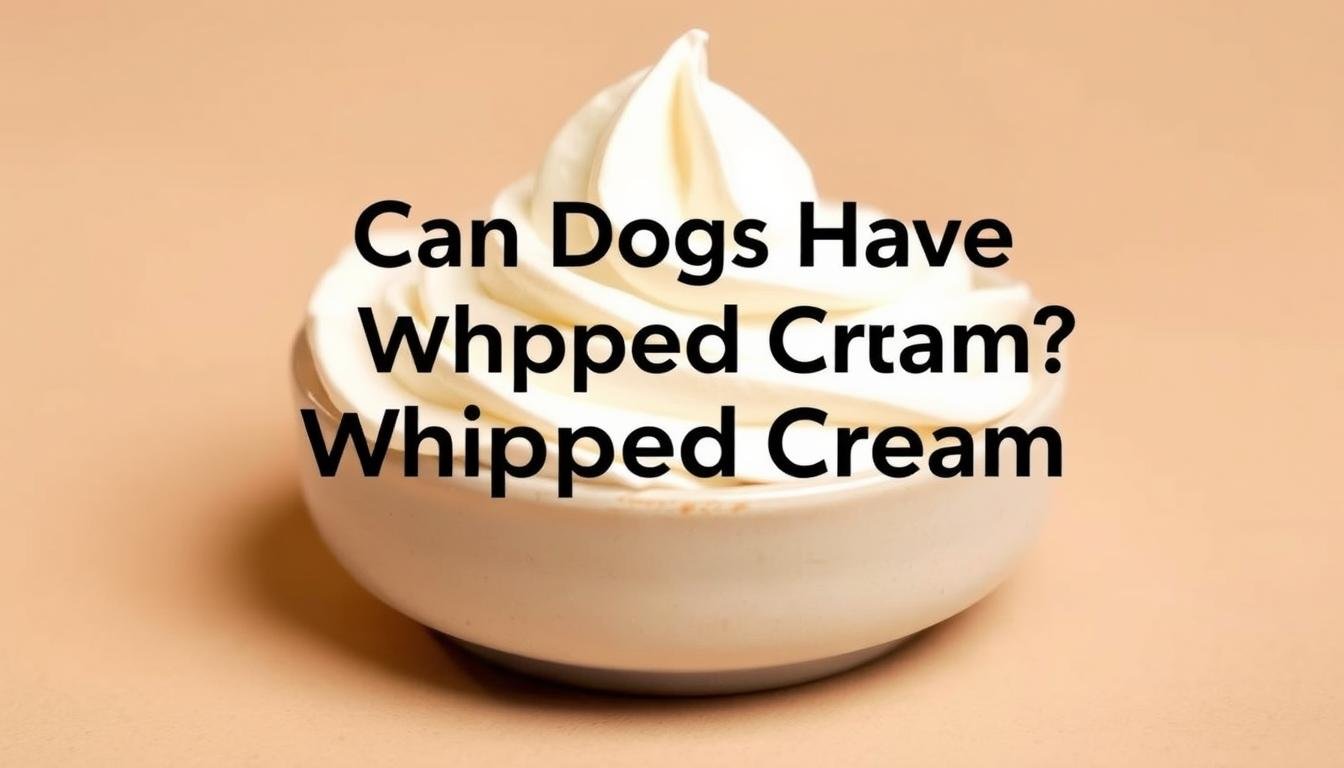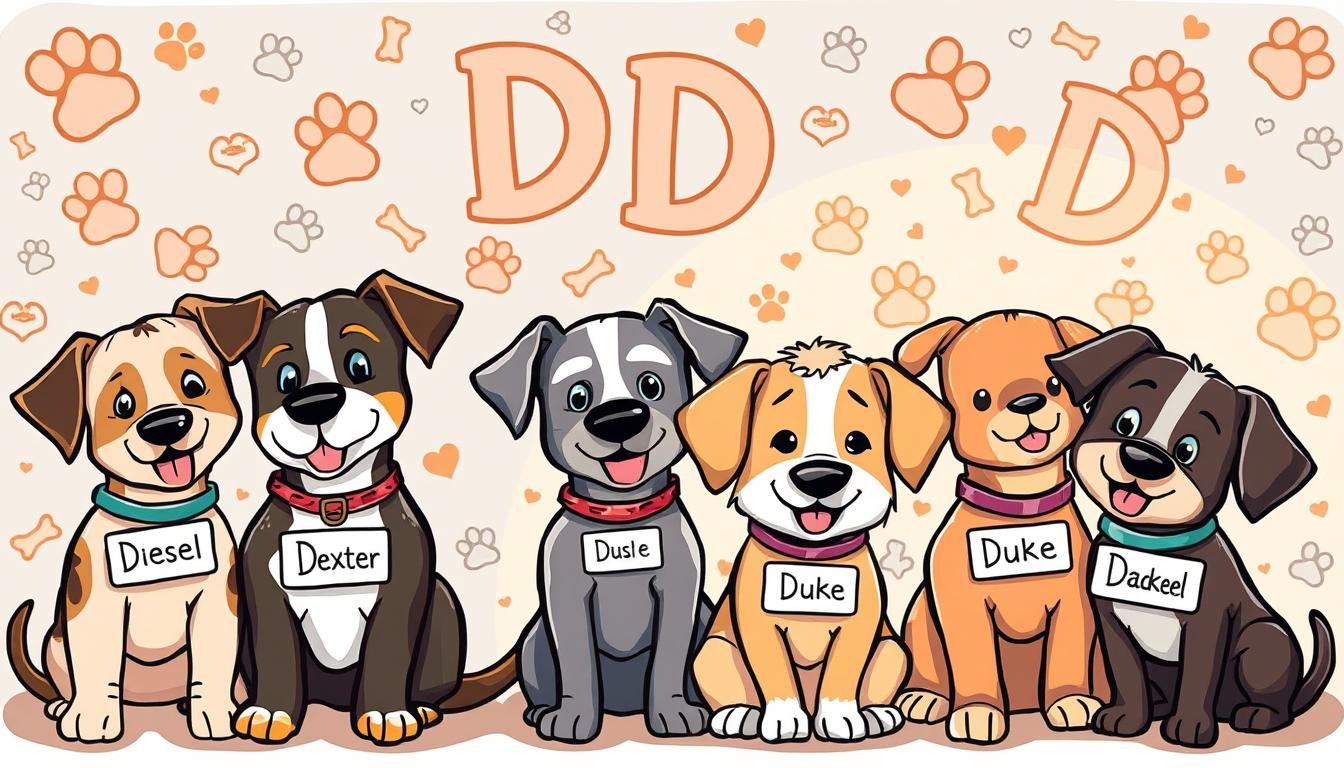Imagine this: You’re enjoying a cozy afternoon with your furry friend, sipping on a latte topped with a fluffy dollop of whipped cream. Your dog gazes up at you with those irresistible puppy eyes, and you wonder, “Is it safe to share a little whipped cream with them?” It’s a common question many pet owners face, especially when their pets seem eager to join in on the fun.
While whipped cream might seem like a harmless treat, it’s important to understand the potential risks. This sweet indulgence is high in sugar and fat, which can lead to health issues like obesity or pancreatitis in pets. Additionally, many dogs struggle to digest dairy, leading to uncomfortable symptoms like bloating or diarrhea.
Veterinarians often advise moderation when it comes to sharing human food with pets. Whipped cream should never replace a balanced diet, but an occasional small amount might be safe for some dogs. Always consider your pet’s specific needs and consult your vet if you’re unsure.
Key Takeaways
- Whipped cream is high in sugar and fat, which can harm your pet’s health.
- Many dogs have difficulty digesting dairy, leading to digestive issues.
- Moderation is key—treats should never replace a balanced diet.
- Consult your veterinarian before introducing new foods to your pet.
- Consider dairy-free alternatives for lactose-intolerant dogs.
Introduction to Whipped Cream as a Dog Treat
The trend of treating pets with whipped cream has gained popularity in recent years. From coffee shops to home kitchens, this fluffy indulgence has become a favorite for many pet owners. However, it’s essential to understand the implications before sharing this treat with your furry friend.
One notable example is the Puppuccino, a whipped cream-based treat offered by Starbucks. While it’s a fun way to include your pet in your coffee run, it’s crucial to remember that these treats are designed for occasional enjoyment, not regular consumption. The high sugar and fat content in whipped cream can lead to health issues if overindulged.
When considering whipped cream as a treat, moderation is key. Unlike humans, pets have specific dietary needs that must be met through a balanced diet. Treats like whipped cream should never replace essential nutrients but can be offered sparingly as a special reward.
It’s also important to note that not all whipped cream is created equal. Regular versions often contain additives or sweeteners that may be harmful to pets. Opting for dog-friendly alternatives or making your own with minimal ingredients can be a safer choice.
| Type | Key Considerations |
|---|---|
| Regular Whipped Cream | High in sugar and fat; may contain harmful additives. |
| Dog-Friendly Options | Minimal ingredients; free from harmful additives like xylitol. |
Ultimately, while whipped cream can be a fun treat, it’s essential to prioritize your pet’s health. Always consult your veterinarian before introducing new foods and consider healthier alternatives like fruits or vegetables. For more insights on healthier alternatives, explore our detailed guide.
Ingredients and Risks: What’s in Your Whipped Cream?

Before sharing whipped cream with your pet, it’s crucial to understand what’s inside. This fluffy topping often contains dairy, sugar, and additives that could harm your furry friend. While it might seem like a fun treat, the ingredients can pose serious risks.
Understanding the Dairy Content and Sugar Levels
Dairy is a primary ingredient in most whipped creams. However, many pets struggle to digest lactose, leading to bloating, diarrhea, or discomfort. “Lactose intolerance is common in pets, and dairy-based treats can exacerbate these issues,” explains a veterinary expert.
Sugar is another concern. A standard cup of whipped cream can contain high levels of sugar, which may contribute to obesity or pancreatitis. Overconsumption can also lead to dental problems and other health issues.
Identifying Hazardous Additives and Xylitol
Some whipped creams include harmful additives like xylitol, an artificial sweetener toxic to pets. Even small amounts can cause a rapid insulin release, leading to hypoglycemia or liver failure. Always check ingredient lists to avoid this dangerous substance.
Other additives, such as high fructose corn syrup or artificial flavorings, may also be problematic. These ingredients offer no nutritional value and can upset your pet’s stomach.
“Xylitol is highly toxic to pets, and even a small dose can be life-threatening.”
When choosing whipped cream, opt for dog-specific versions or make your own with minimal ingredients. Avoid products labeled “sugar-free” or “low-calorie,” as they often contain harmful substitutes.
- Dairy can cause digestive issues in lactose-intolerant pets.
- High sugar levels may lead to obesity or pancreatitis.
- Xylitol and other additives are toxic and should be avoided.
- Always read ingredient lists carefully before sharing with your pet.
By understanding the ingredients and risks, you can make informed decisions about treating your pet. Moderation and awareness are key to keeping your furry friend safe and healthy.
Can Dogs Have Whipped Cream: Safety and Moderation Guidelines
Sharing a treat with your furry companion can be tempting, but safety comes first. While whipped cream isn’t toxic, it’s essential to follow specific guidelines to ensure your pet stays healthy. Veterinarians emphasize moderation and careful observation when introducing new treats.
Portion Control and Frequency
When it comes to whipped cream, portion size matters. A small spoonful is typically safe for most pets. Larger breeds may handle slightly more, but always start with a minimal amount. Overindulgence can lead to digestive issues or weight gain.
Frequency is equally important. Treats should account for no more than 10% of your pet’s daily caloric intake. Offering whipped cream as an occasional reward, rather than a regular snack, helps maintain a balanced diet.
What to Observe Post-Treat Consumption
After your pet eats whipped cream, monitor for any adverse reactions. Common signs of discomfort include bloating, diarrhea, or vomiting. These symptoms may indicate lactose intolerance or an allergic reaction.
If your pet shows severe symptoms like lethargy or loss of coordination, contact your veterinarian immediately. These could be signs of a more serious condition, such as hypoglycemia caused by xylitol ingestion.
“Always start with a small amount and observe your pet closely. Moderation is key to keeping them safe and healthy.”
- Start with a teaspoon-sized portion for small breeds.
- Limit treats to once or twice a month to avoid overconsumption.
- Watch for signs of digestive discomfort or allergic reactions.
- Consult your vet if you notice any concerning symptoms.
By following these guidelines, you can safely share a treat with your pet while prioritizing their health. Remember, moderation and awareness are the keys to keeping your furry friend happy and healthy.
Dairy Considerations: Lactose Intolerance and Alternatives

Many pet owners are unaware of how dairy affects their furry friends. Lactose intolerance is a common issue, with approximately 70% of adult pets struggling to digest dairy. This can lead to uncomfortable symptoms like bloating, diarrhea, and gas.
Recognizing Signs of Lactose Intolerance
If your pet experiences digestive upset after consuming dairy, they may be lactose intolerant. Common signs include diarrhea, gas, and abdominal discomfort. “Lactose intolerance occurs when pets lack the enzyme lactase, which is necessary to break down dairy,” explains a veterinary expert.
Monitoring your pet’s reaction to dairy is crucial. If symptoms persist, it’s best to avoid dairy-based treats altogether. This ensures your furry friend stays comfortable and healthy.
Exploring Dairy-Free and Vegan Whipped Cream Options
For pets with lactose intolerance, dairy-free alternatives are a safer choice. Options like coconut or oat-based whipped creams are becoming increasingly popular. These alternatives are free from harmful additives like xylitol, making them a healthier option.
“Dairy-free whipped creams are a great way to treat your pet without risking digestive issues.”
When choosing a dairy-free option, always check the ingredient list. Avoid products with artificial sweeteners or high sugar content. Homemade versions with minimal ingredients are often the safest bet.
- Dairy can cause digestive issues in lactose-intolerant pets.
- Dairy-free options like coconut or oat-based whipped creams are safer.
- Always read ingredient lists to avoid harmful additives.
- Consult your veterinarian for personalized recommendations.
By understanding lactose intolerance and exploring dairy-free alternatives, you can ensure your pet enjoys treats safely. Moderation and awareness are key to keeping your furry friend happy and healthy.
How Puppuccinos and Dog-Friendly Options Are Made
Pet owners often wonder how to safely include their furry friends in treat time. Dog-friendly whipped cream treats, like the popular Puppuccino from Starbucks, are crafted with specific modifications to ensure they’re safe for pets. These treats focus on reducing harmful ingredients while maintaining a fun experience for your pet.
Crafting Safer, Dog-Centric Whipped Treats
Creating dog-friendly whipped cream involves careful ingredient selection. Traditional recipes are adjusted to reduce dairy content, which can cause intolerance in many pets. Instead, brands use alternatives like oat milk or coconut cream, which are easier to digest and less likely to cause discomfort.
Another critical step is avoiding toxic additives. Ingredients like xylitol, an artificial sweetener, are strictly excluded. These substances can be harmful, even in a small amount. Brands also ensure that their products are free from high sugar levels, which can negatively impact your pet’s health.
“Dog-friendly whipped cream is designed with safety in mind, ensuring pets can enjoy a treat without risks.”
Popular chains like Starbucks have led the way with their Puppuccino, a simple yet safe option for pets. These treats are offered in controlled portions to prevent overconsumption. For example, a Puppuccino typically contains just 50 to 100 calories, making it a suitable small amount for occasional enjoyment.
- Reduced dairy content to minimize intolerance risks.
- Exclusion of toxic additives like xylitol.
- Controlled portion sizes to maintain a balanced diet.
- Use of healthier alternatives like oat milk or coconut cream.
Other brands, such as Shake Shack, offer similar options like the Pooch-ini, a vanilla custard treat topped with dog biscuits. These products are carefully crafted to ensure they’re safe and enjoyable for pets. For more insights on healthier alternatives, explore our detailed guide.
By understanding how these treats are made, pet owners can confidently share a fun moment with their furry friends. Always prioritize your pet’s health and consult your veterinarian for personalized advice.
Additional Health Considerations and Expert Advice
Understanding the health implications of whipped cream for pets is essential for responsible pet ownership. While it may seem like a harmless treat, there are several factors to consider to ensure your furry friend stays healthy. This section delves into expert advice and key health considerations to keep in mind.
When to Consult Your Veterinarian
If your pet shows signs of discomfort after consuming whipped cream, such as diarrhea or prolonged digestive issues, it’s time to consult your veterinarian. These symptoms could indicate lactose intolerance or a more serious health issue. Early intervention can prevent complications and ensure your pet’s well-being.
Other warning signs include lethargy, vomiting, or loss of appetite. These could be indicators of toxic ingredient exposure or an allergic reaction. Always monitor your pet closely after introducing new treats and seek professional advice if needed.
“Pets with pre-existing health conditions, such as obesity or pancreatitis, should avoid high-fat treats like whipped cream. Always prioritize their long-term health over short-term indulgence.”
Expert Recommendations for Dog Treats
Experts emphasize the importance of moderation when it comes to treats. Whipped cream should never be a regular part of your pet’s diet. Instead, opt for healthier alternatives like fruits or vegetables, which provide nutritional benefits without the risks.
When choosing treats, look for options specifically designed for pets. Many shops now offer dog-friendly versions of popular treats, ensuring they’re free from harmful additives like xylitol. These products are crafted with your pet’s health in mind, making them a safer choice.
- Monitor your pet for signs of digestive discomfort after treats.
- Choose treats with minimal ingredients and no harmful additives.
- Limit treats to 10% of your pet’s daily caloric intake.
- Consult your veterinarian for personalized dietary recommendations.
By following these guidelines, you can ensure your pet enjoys treats safely while maintaining a balanced diet. Always prioritize their health and well-being over momentary indulgence.
Conclusion
Treating your furry friend to a special snack can be a joyful experience, but it’s vital to prioritize their health. While whipped cream isn’t toxic, it’s high in sugar and fat, which can lead to obesity or digestive issues. Always give dog treats in moderation and observe for any adverse reactions like bloating or diarrhea.
Portion control is key. A small spoonful is typically safe, but overindulgence should be avoided. If your pet shows discomfort, consult your veterinarian immediately. They can provide personalized advice based on your pet’s specific needs.
For safer options, consider dairy-free alternatives or healthier treats like fruits and vegetables. These provide nutritional benefits without the risks. Remember, occasional treats, when given safely, can be enjoyable for your pet.
Always give dog only the safest options available. Prioritize their well-being over momentary indulgence to ensure they stay happy and healthy.




